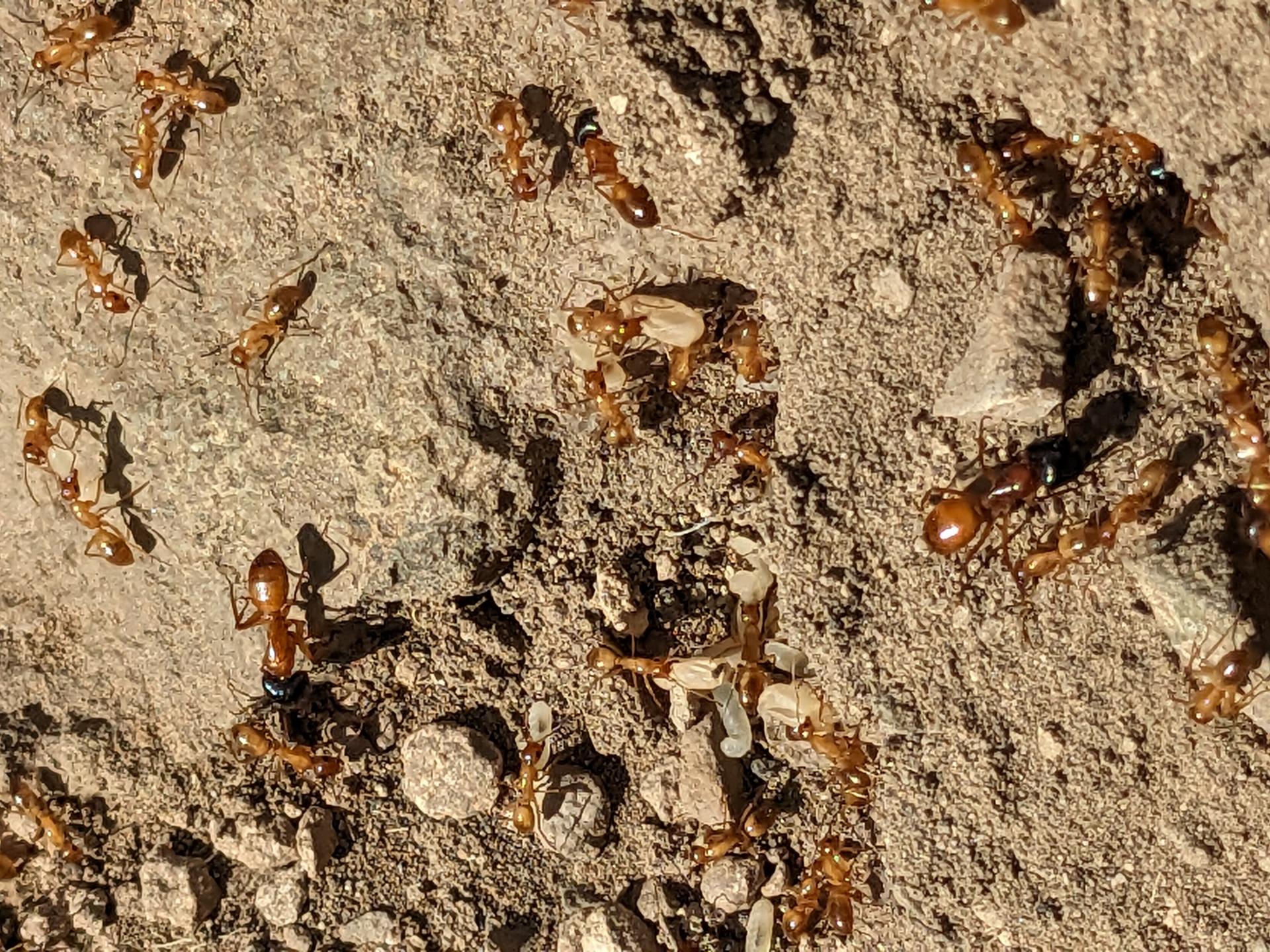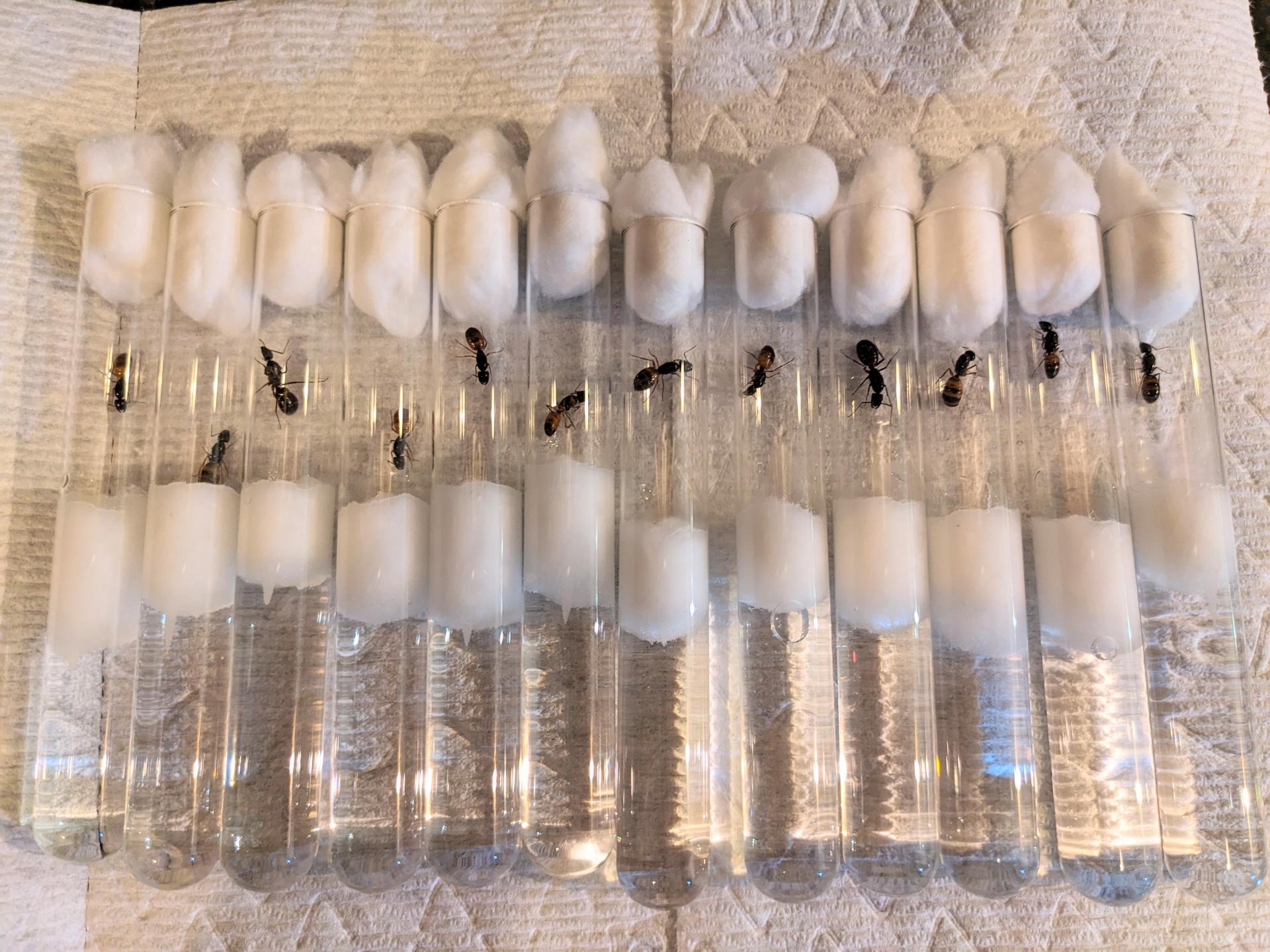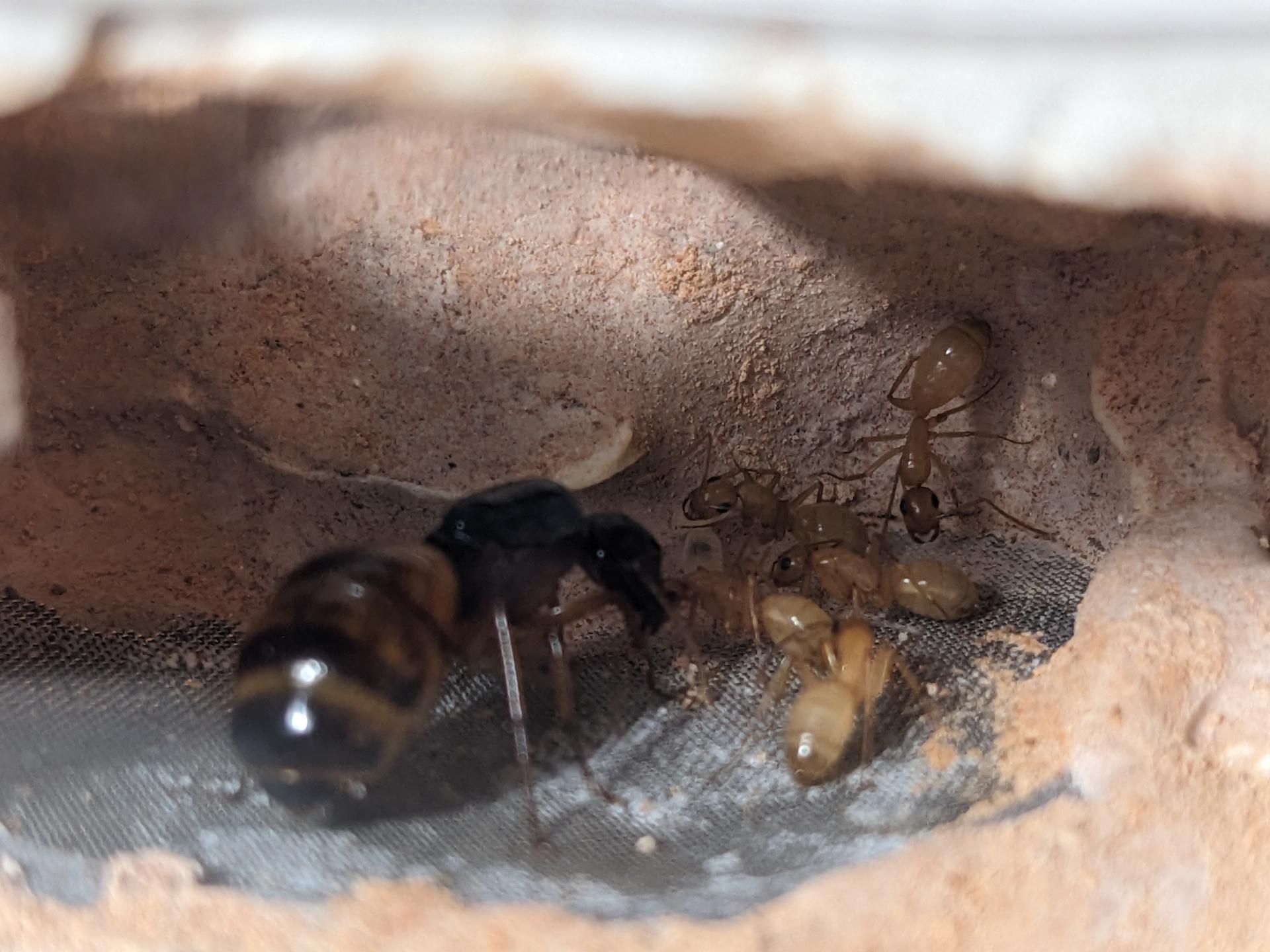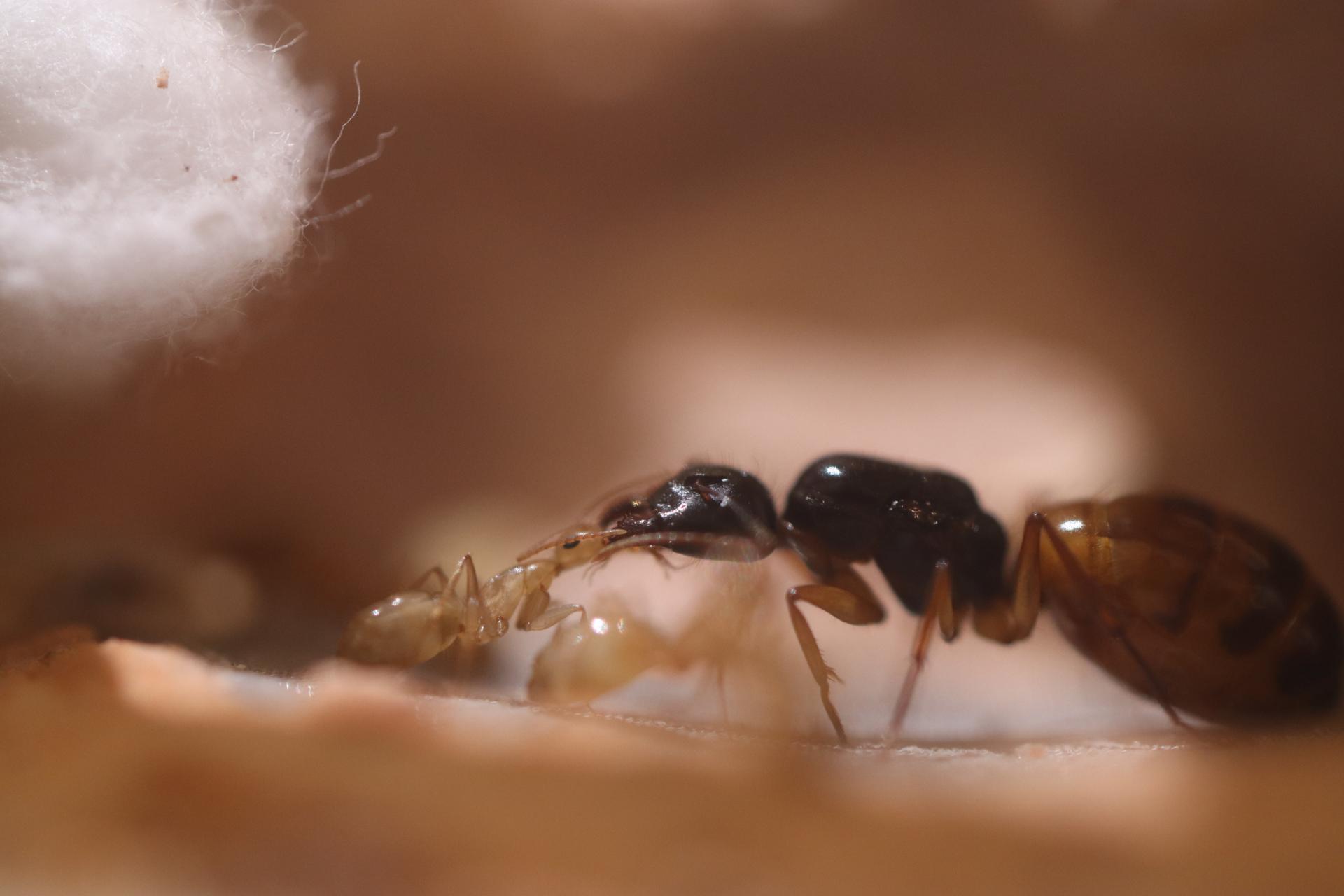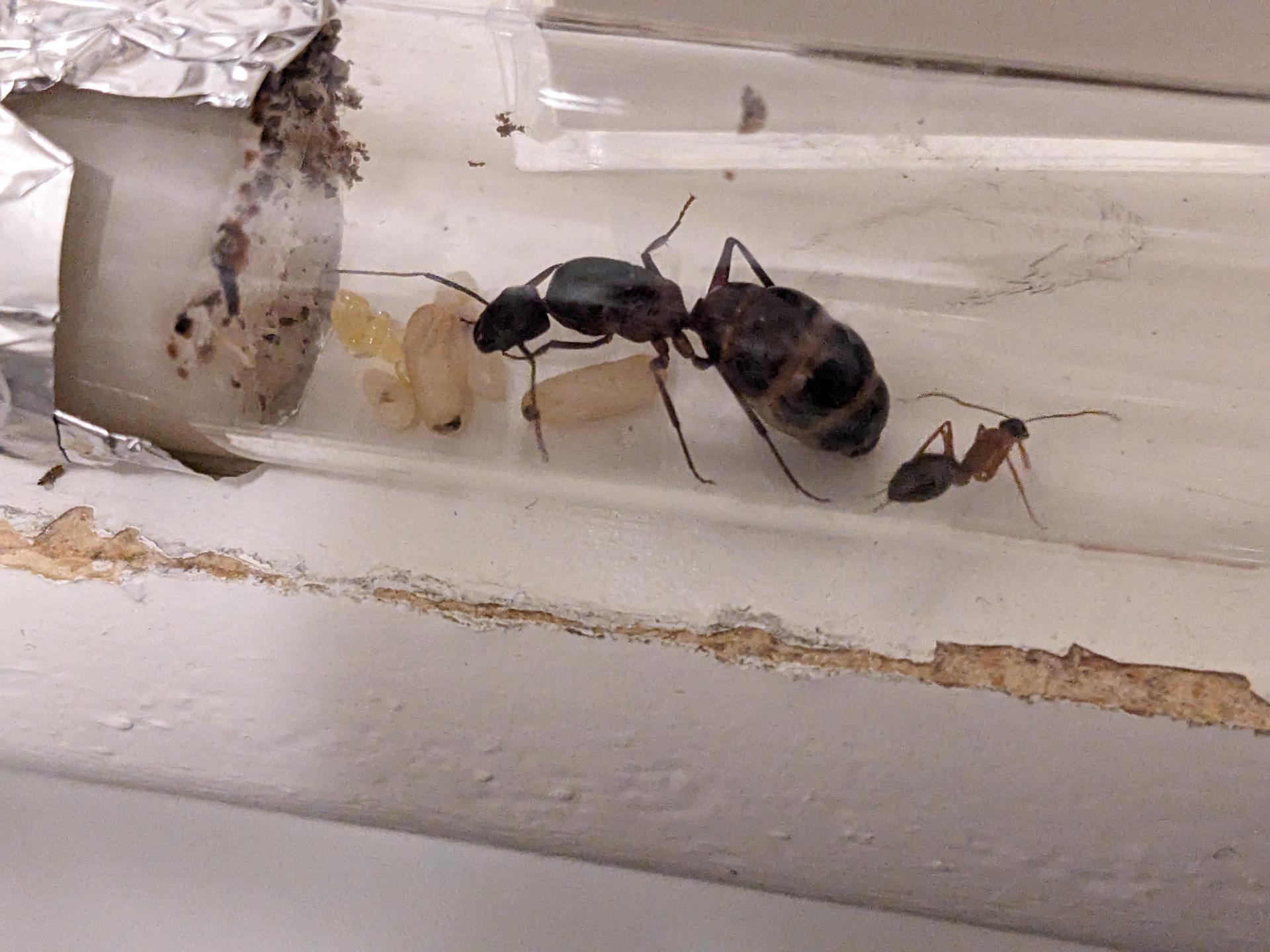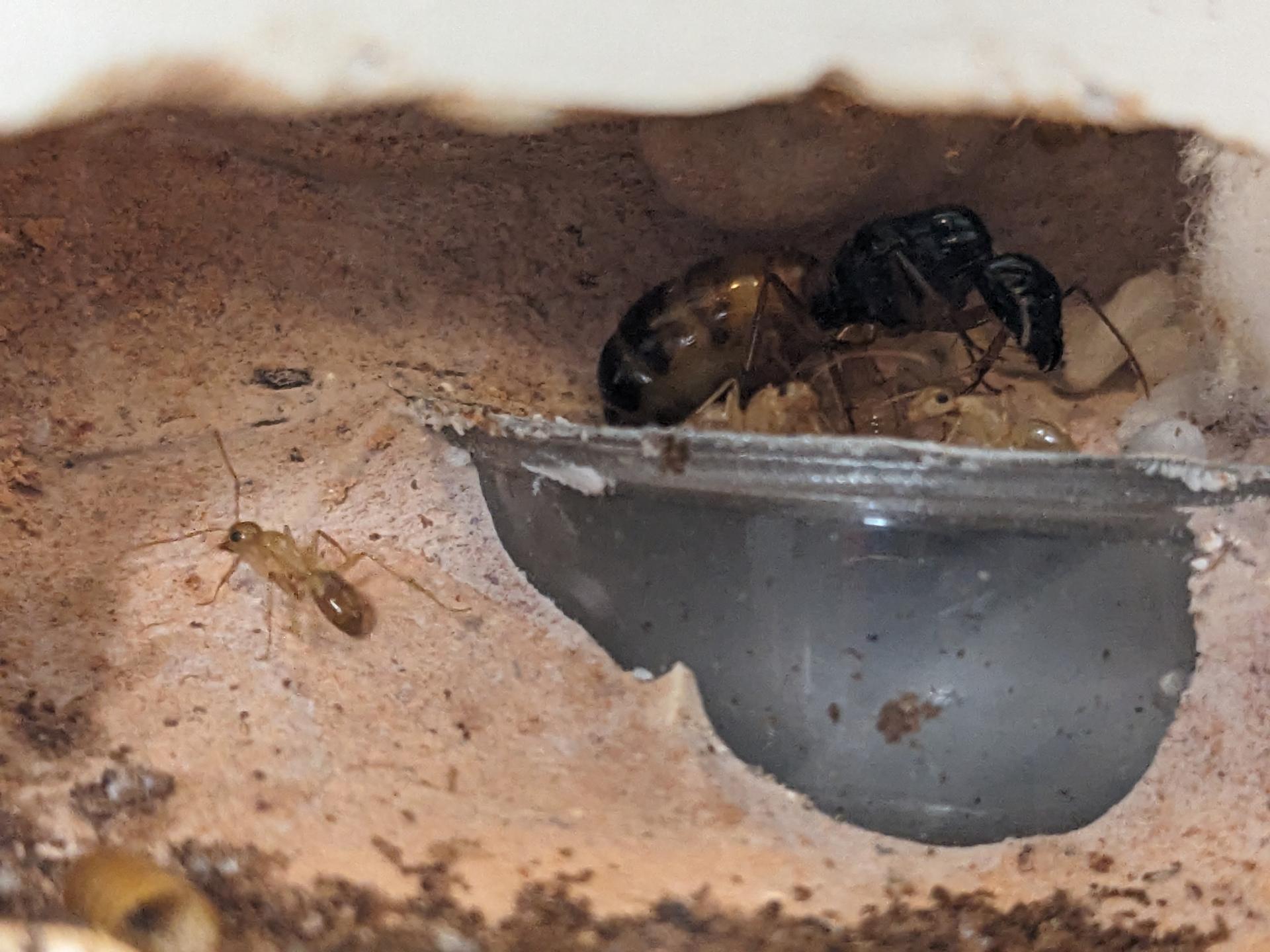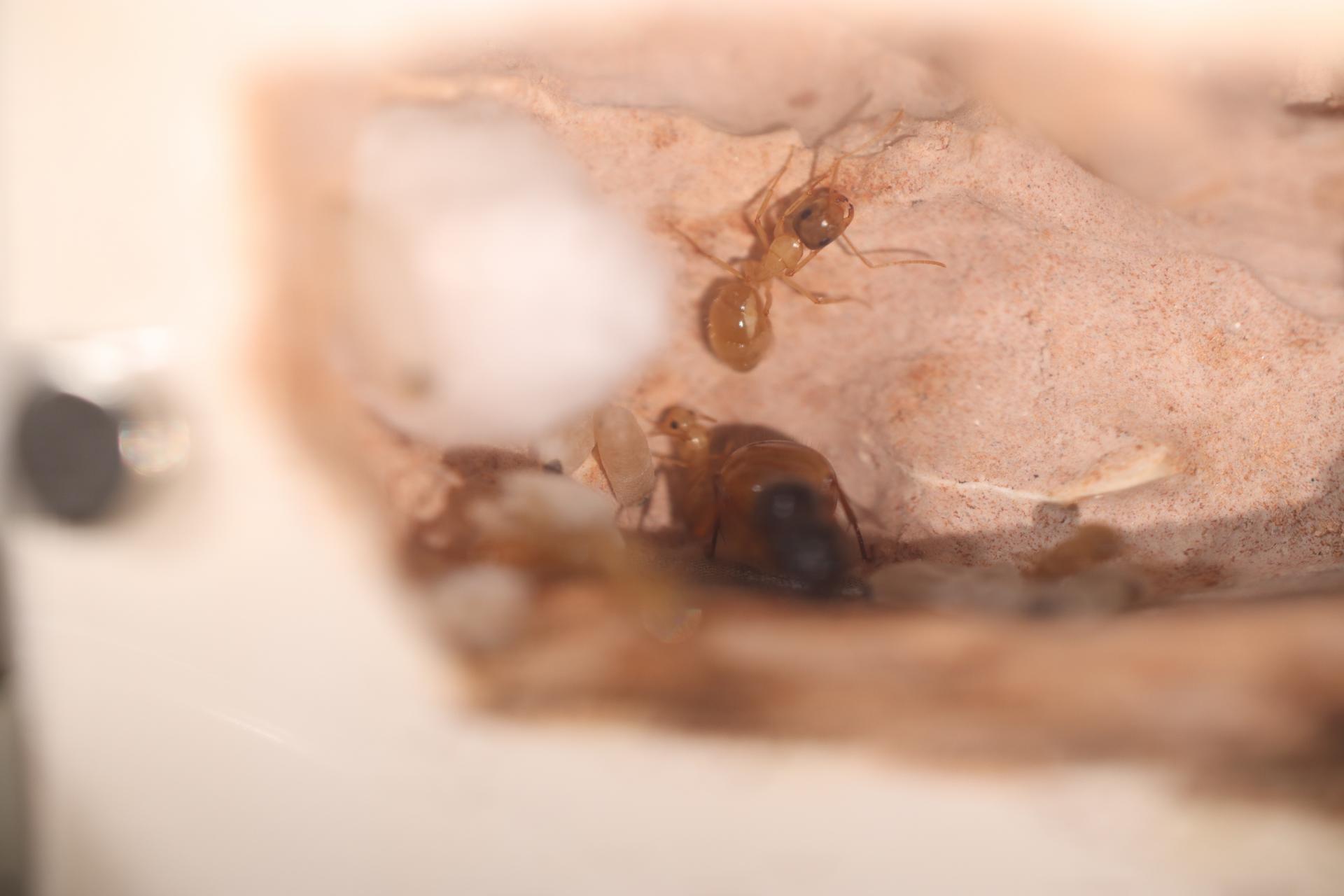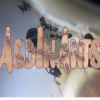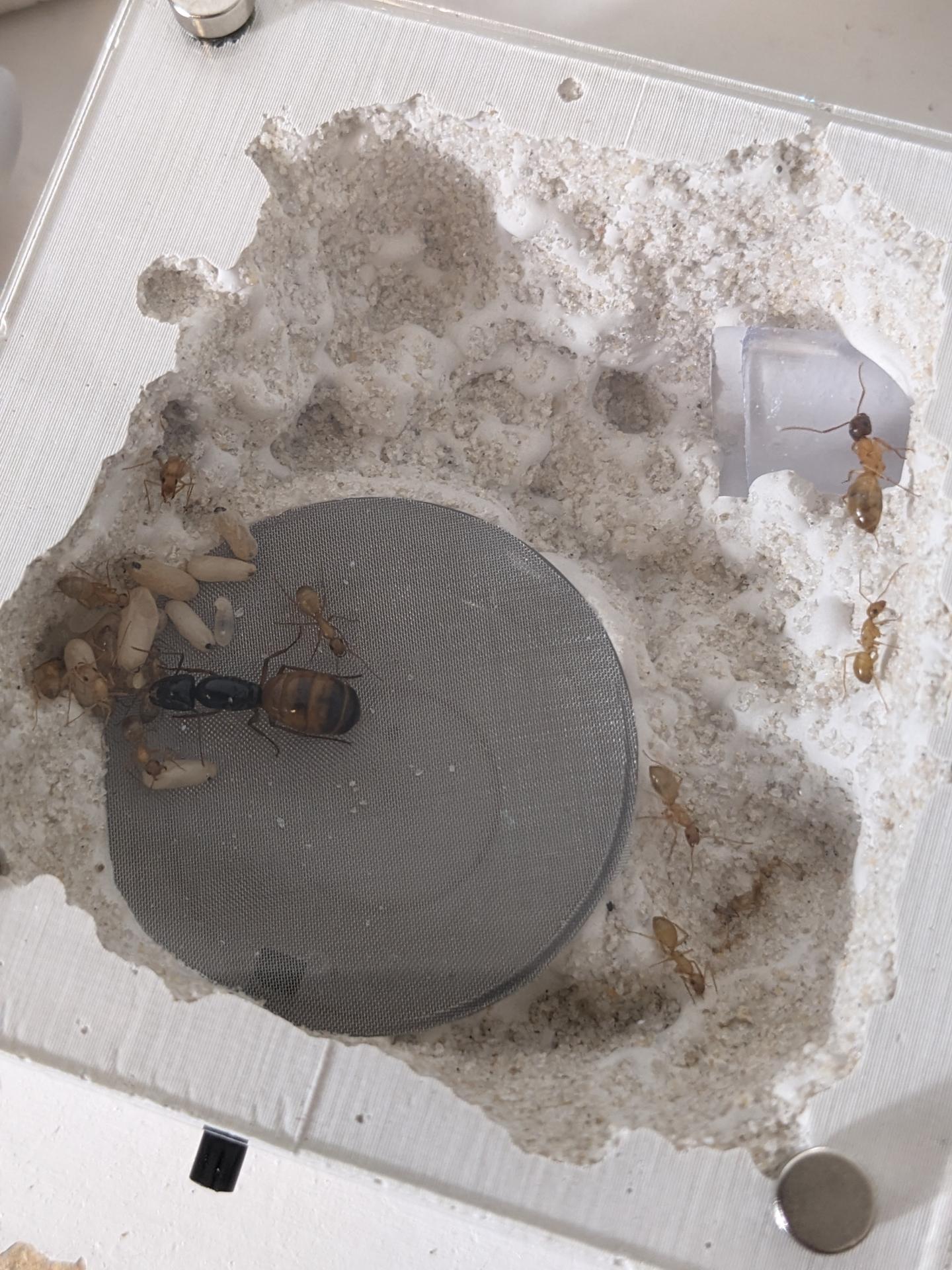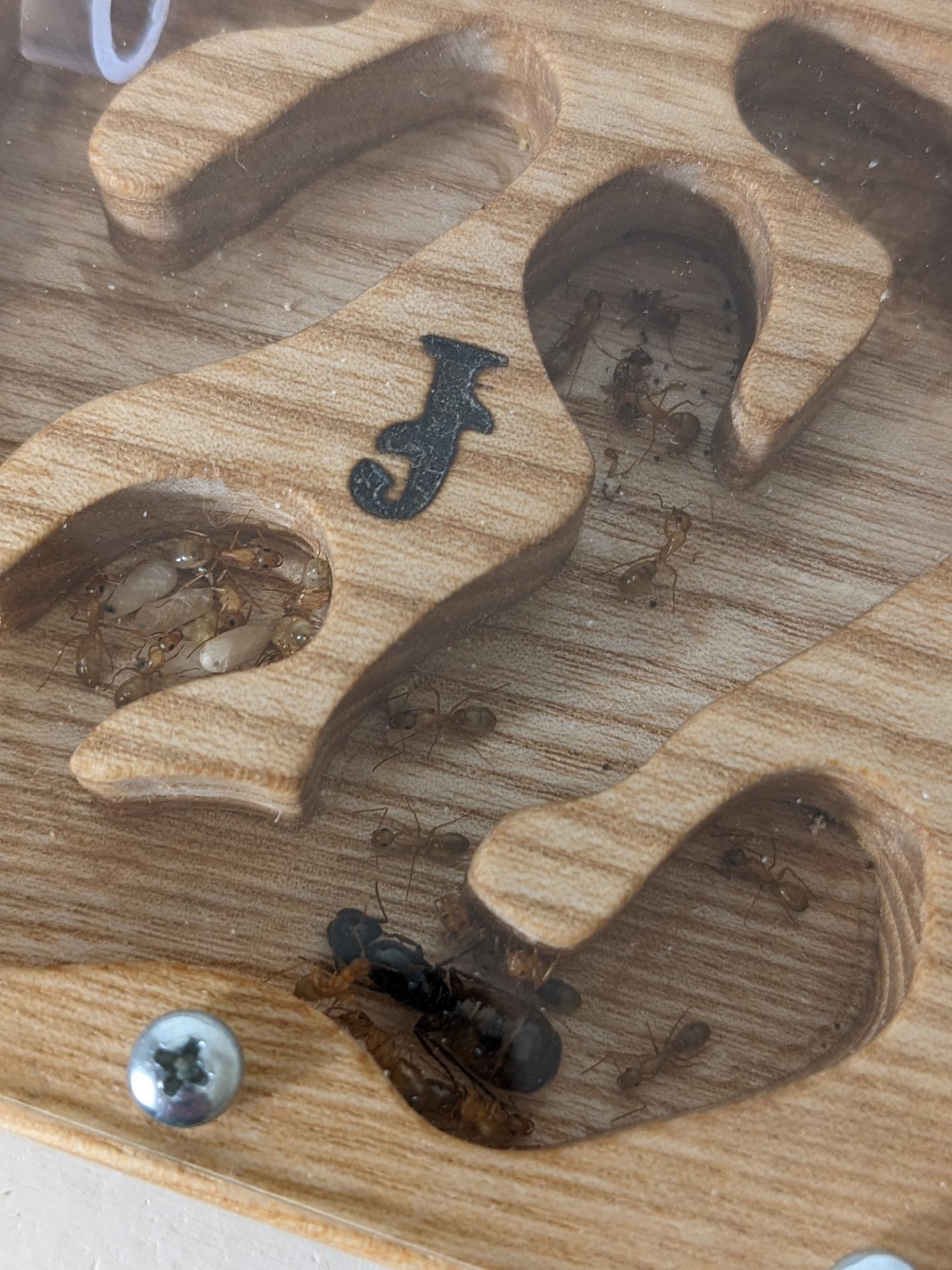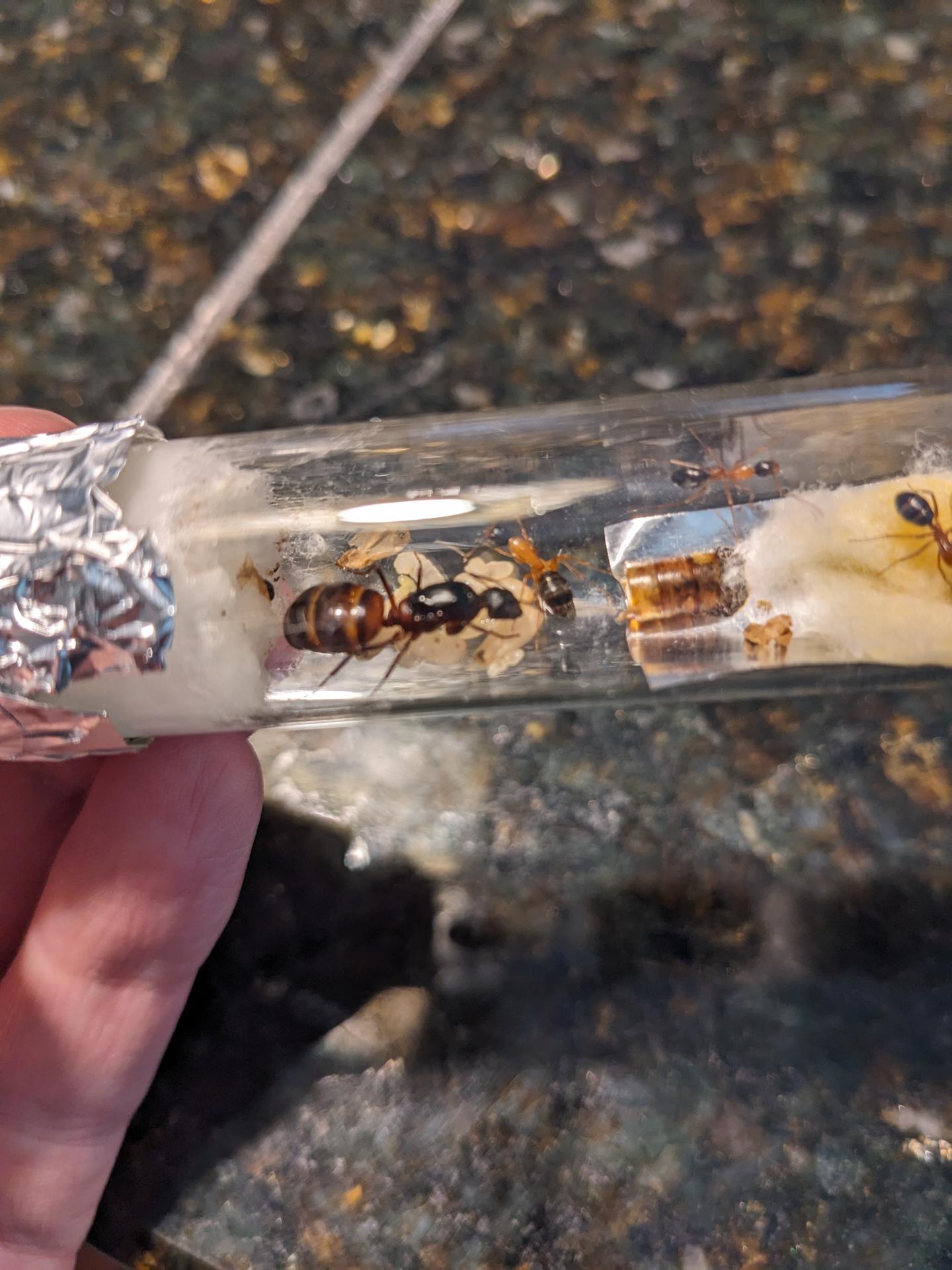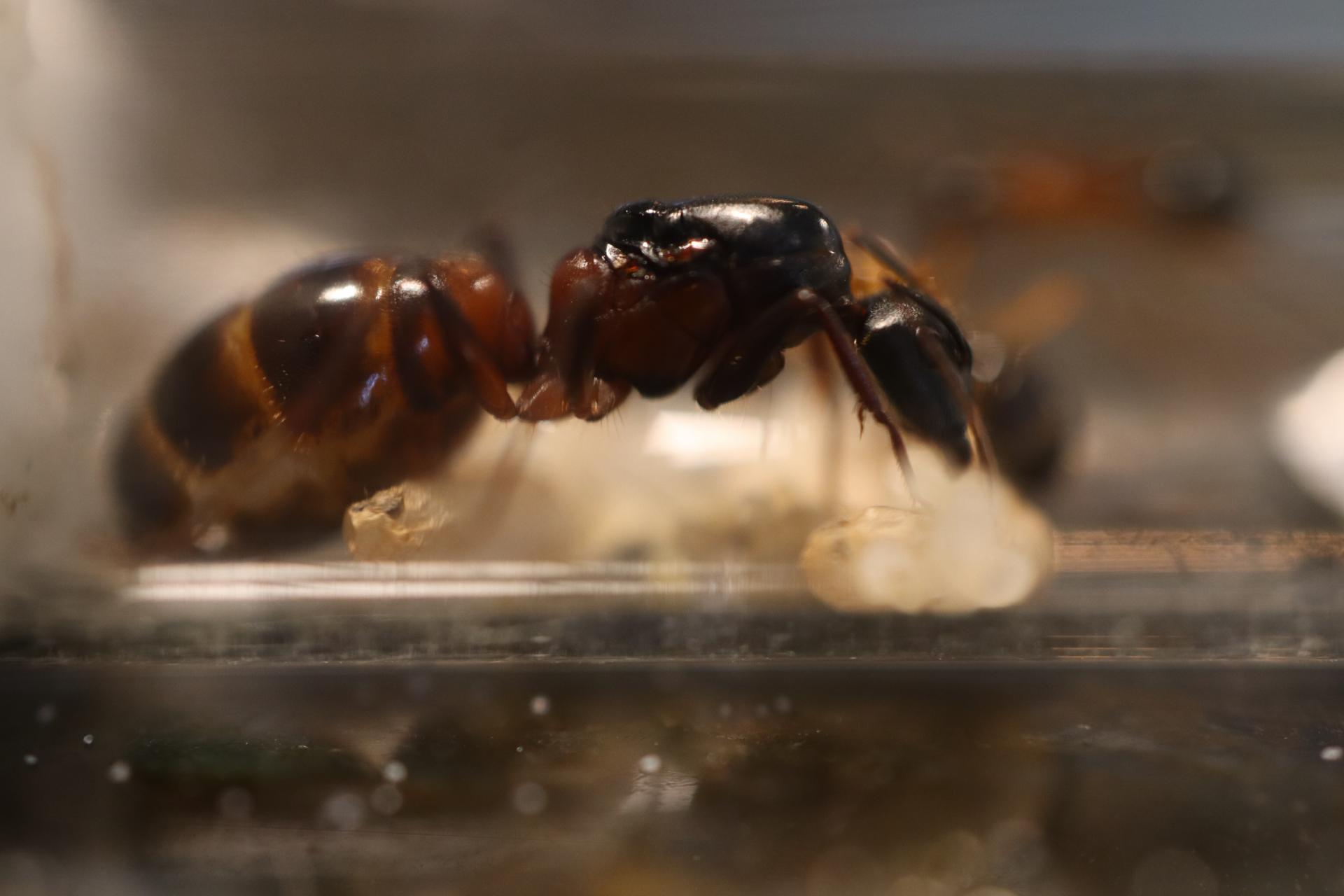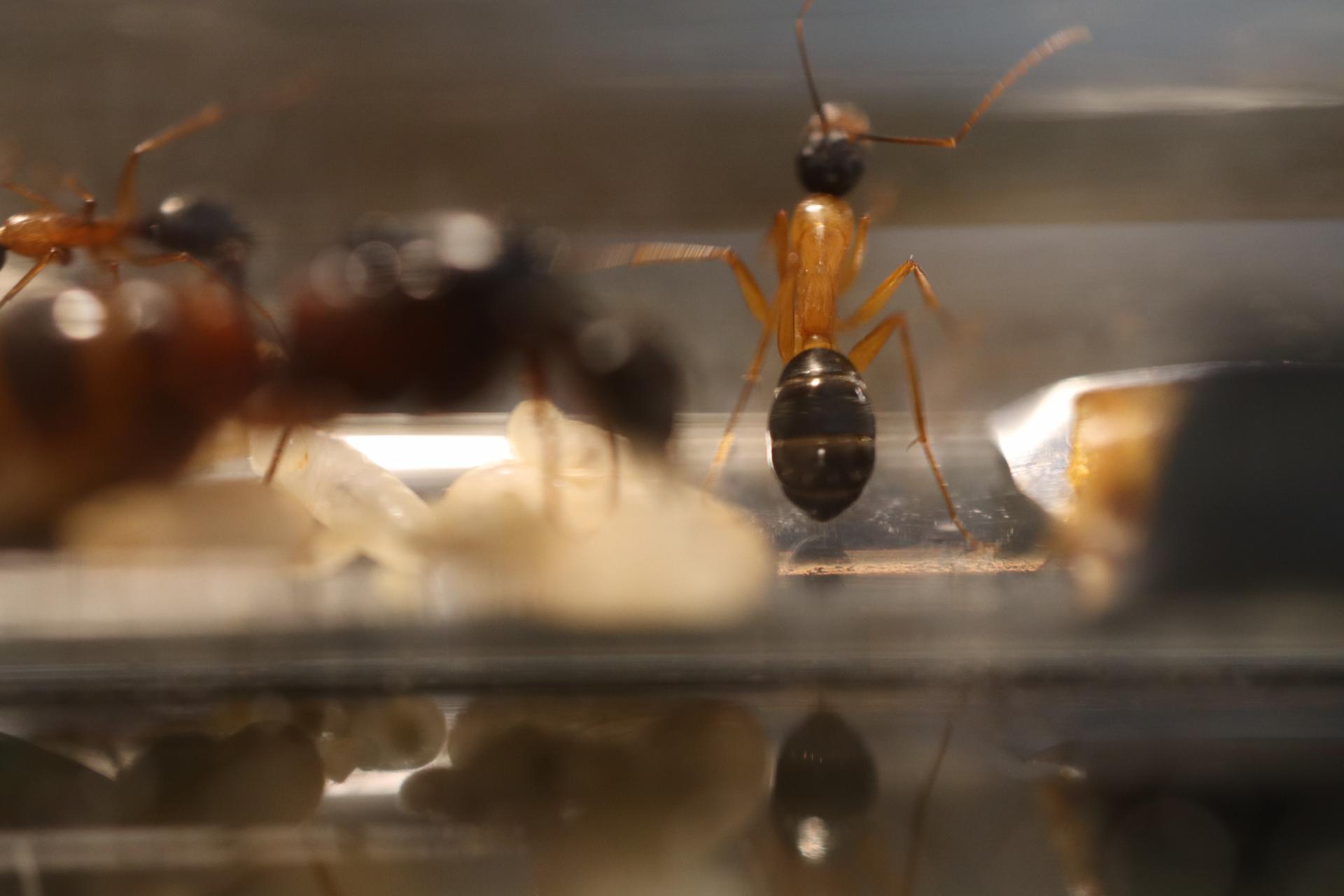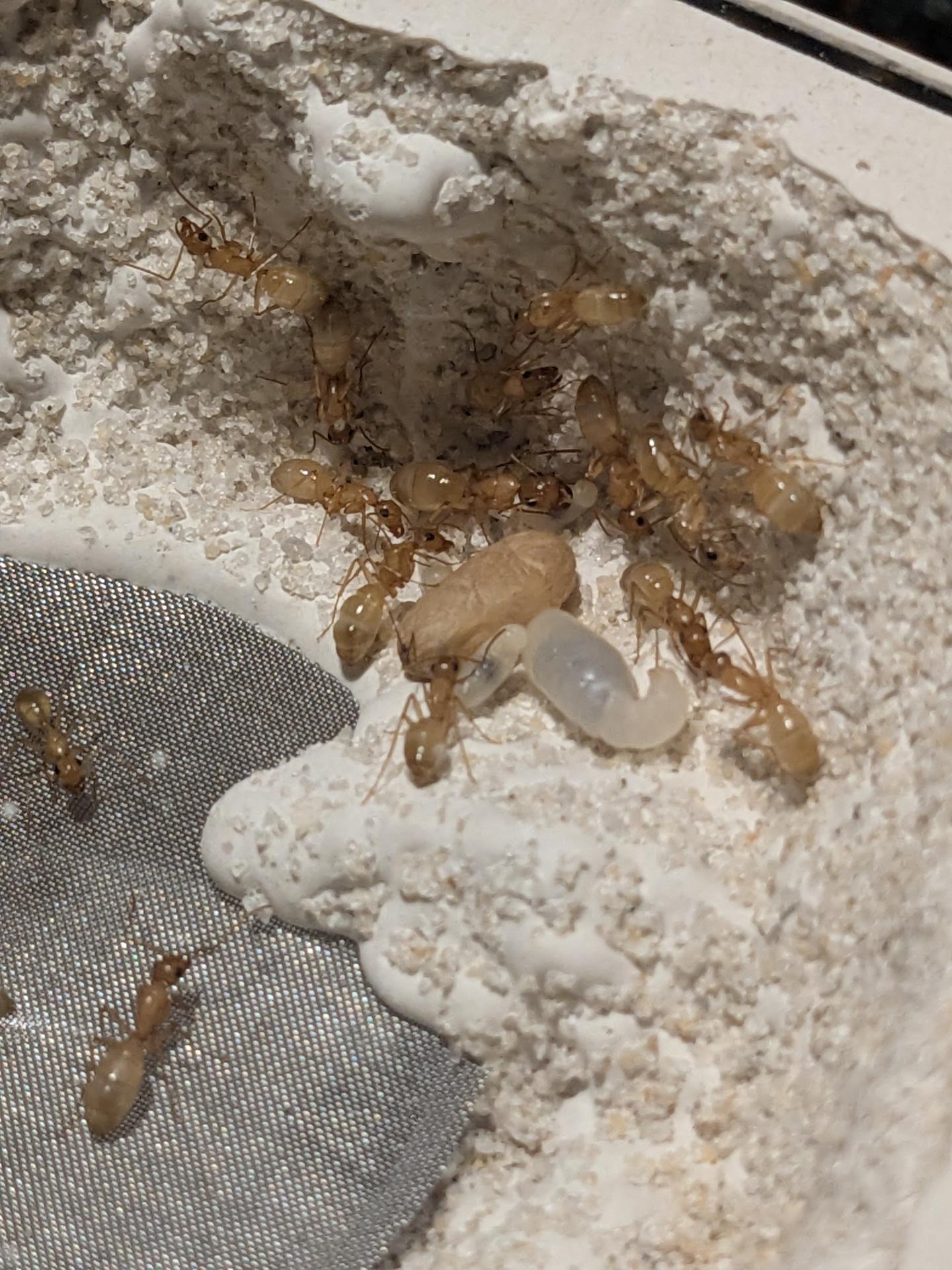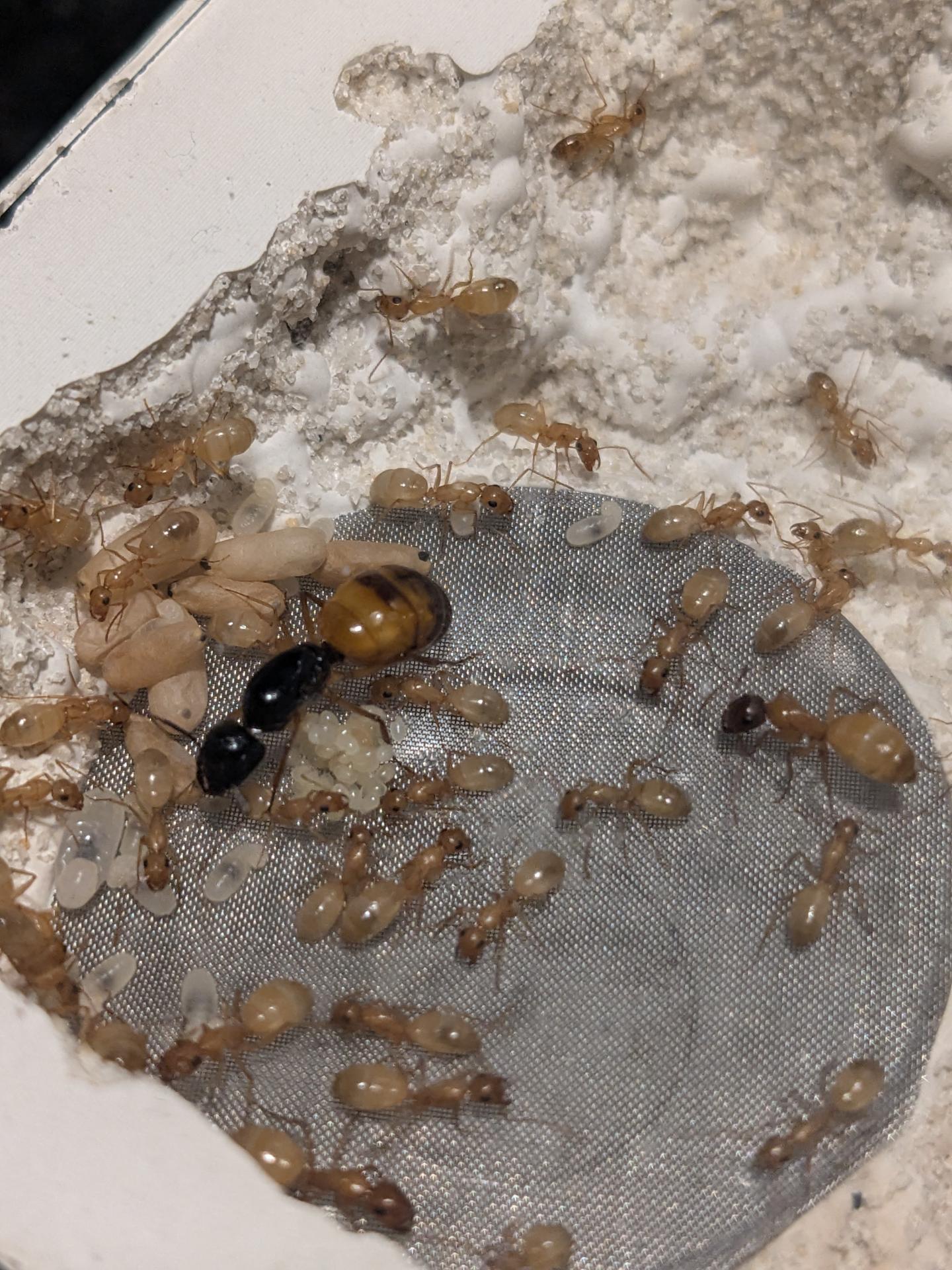I've been trying to decide which of my ants to start a journal on, and although the anting season here has wrapped up I think I have decided. I'm going to highlight my journey in raising the Camponotus sansabeanus queens I found this year.
On June 30th in the deserts of Utah I flipped a large rock and came across a massive mature colony of thousands of beautiful golden Carpenter ants with lots of brood, and huge majors with black heads. Being my first year anting, I was stunned at the size of this colony and to have found something so different than what I am used to seeing everywhere: black ants.
I was thrilled when an hour later I stumbled upon a grove of juniper trees and after flipping hundreds of rocks, and dripping with sweat, I managed to capture 12 queens! I got more than I needed knowing that sometimes they die or end up infertile. When I got home from collecting, I noted that one of them appeared dead on its back and made no movement when I picked it up with tweezers. I almost threw her into the trash thinking her to be dead, but decided to put her into a test tube as well. Honestly, I thought I was being dumb, she was obviously dead. I kept them in box and didn't check on them for 3 months.
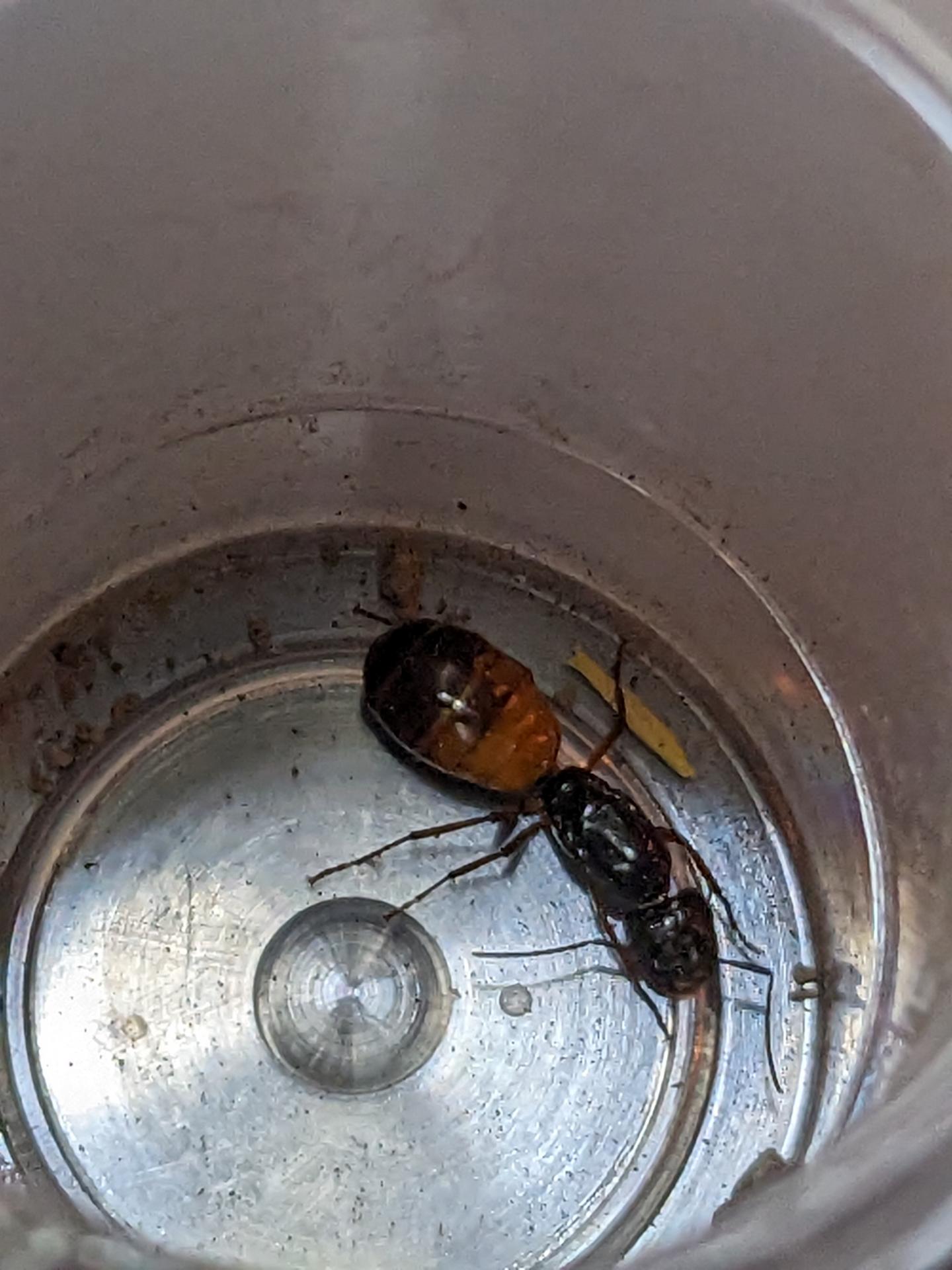
To my surprise, when I opened the box 3 months later, the "dead" queen was alive! I was honestly so shocked, but glad I had trusted my gut feeling! All the queens had laid a clutch of eggs. After the three month mark I started checking weekly while waiting for the first workers to eclose. During this time two of the queens ate their brood and failed to produce anymore eggs prior to hibernation. Hopefully they will come spring. The rest went on to produce ninitics.
It was interesting to see the diversity of how many workers each queen produced. I had a range of every number from 1-7 workers depending on colony. I decided to keep the two colonies with 7 workers and the one with 6 as my own, and hopefully to sell the rest. I did notice that the colonies who only produced 1 and 2 workers had much bigger workers. They didn't appear to look anything like the ninitics of the other colonies at all. I know that the caste of ant is determined by how much protein it receives during its larval stage, but it was cool to see that the two queens who had less workers to feed essentially skipped having ninitics at all and produced workers that were bigger, had darker exoskeletons, and appeared more like the workers I had seen in the desert.
Once I had decided which to keep, I had Utah Ants build me two formicarium for my desert carpenter ants. He did a great job and I love having the window above to let in light and for easier photography.
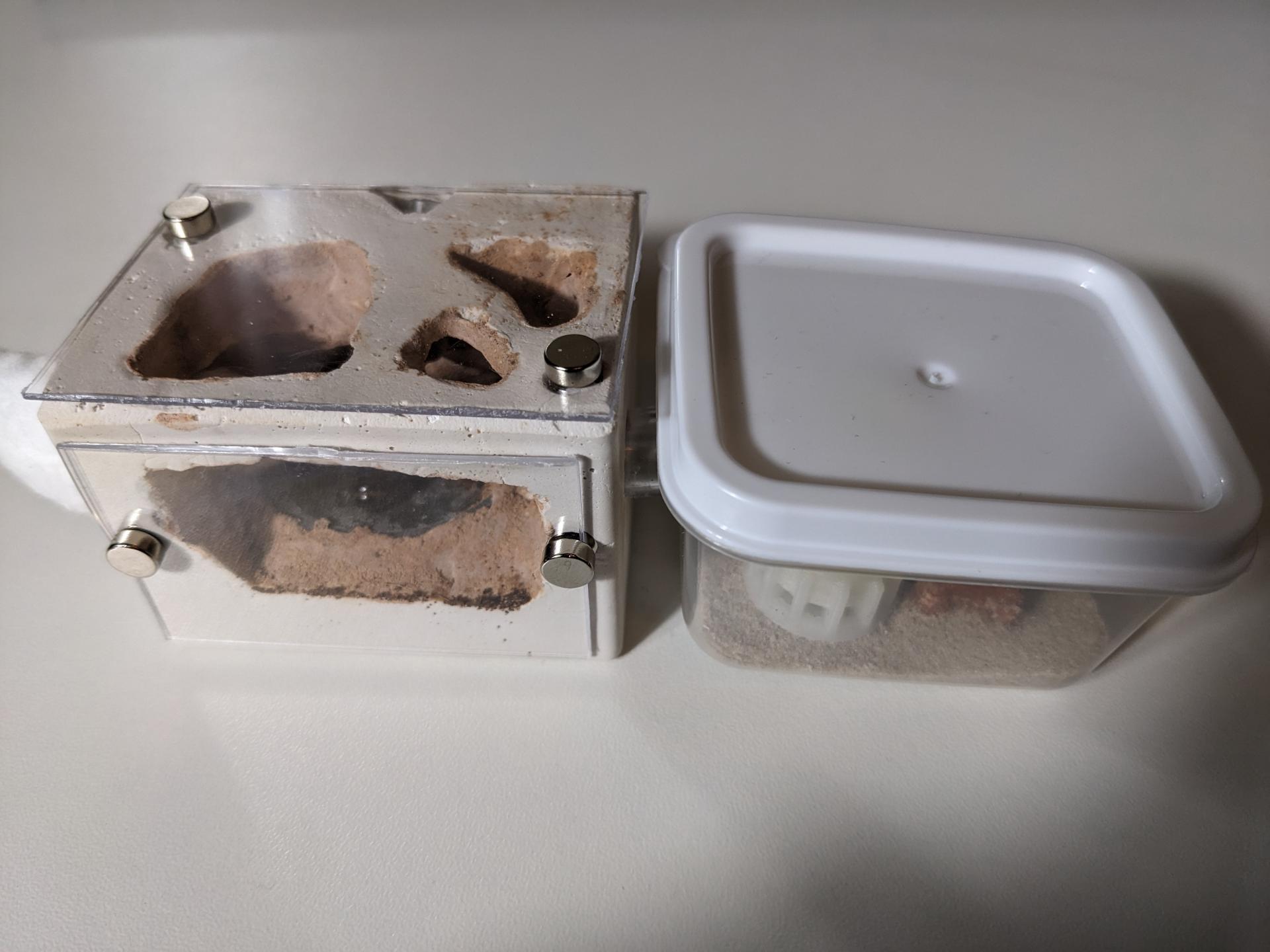
On November 1st, they went into hibernation in my mini fridge. I'm anxiously awaiting the end of their hibernation! They have quickly become some of my favorite ants in my collection. I think they're stunning to look at. I would love to successfully raise a large colony of these beauties, so any help, advice, or suggestions to ensure the success of these colonies would be appreciated!




